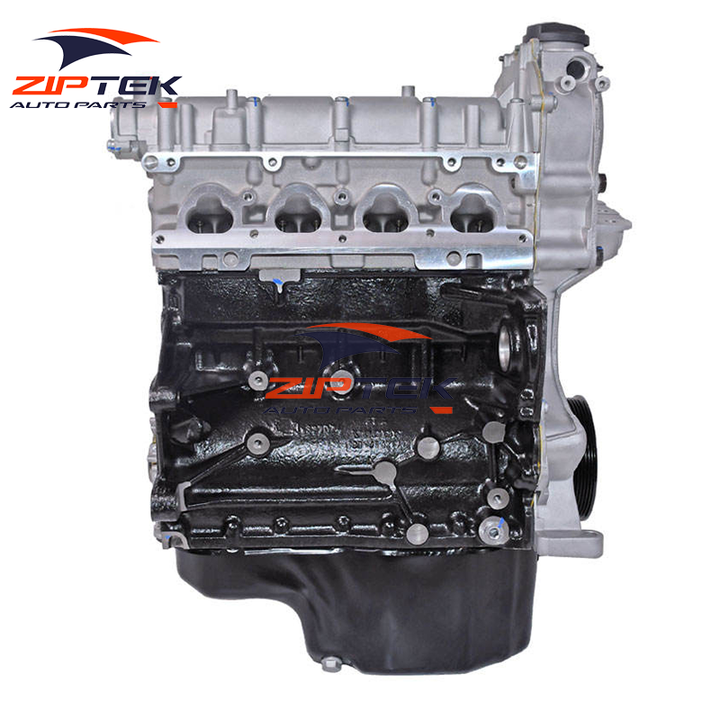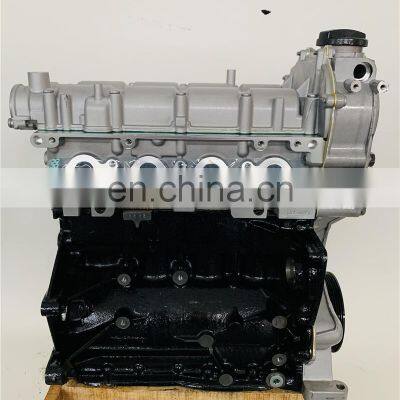Maximize productivity with a powerful clp engine.
Maximize productivity with a powerful clp engine.
Blog Article
Exactly How a Clp Engine Can Enhance Effectiveness in Various Industries
The advent of CLP engines notes a considerable change in operational efficiency throughout various markets, driven by their ability to maximize gas intake and minimize downtime. As organizations increasingly prioritize sustainability alongside effectiveness, the duty of CLP engines comes to be even extra crucial.
Summary of CLP Engines
CLP engines, or Continual Liquid Propellant engines, represent a significant innovation in propulsion modern technology, specifically for area applications. These engines use a continuous feed system that allows for the sustained expulsion of propellant, causing improved performance and performance contrasted to conventional solid or hybrid propulsion systems. By maintaining a continuous circulation of liquid propellant, CLP engines can attain more accurate drive control, which is important for steering spacecraft in different objective situations.
The layout of CLP engines integrates advanced materials and cutting-edge gas monitoring systems. clp engine. This causes lowered weight and enhanced reliability, essential aspects for long-duration room missions. Additionally, the constant procedure minimizes the danger of burning instability, a typical obstacle in traditional rocket engines.

Advantages in Production
The production of Constant Fluid Propellant (CLP) engines offers a number of notable benefits that improve both efficiency and cost-effectiveness. Among the key advantages is the structured manufacturing process, which decreases the intricacy related to typical propulsion systems. By utilizing liquid propellant, suppliers can attain greater accuracy in engine performance, leading to optimized power output and decreased waste.
In addition, CLP engines help with a greater level of modularity, permitting for simpler combination right into numerous manufacturing lines. This adaptability can substantially reduce preparations and enhance total operational adaptability. Using CLP modern technology also often tends to minimize the demand for considerable upkeep as a result of less relocating parts, which equates right into reduced downtime and functional prices.

Applications in Logistics
Leveraging Continual Liquid Propellant (CLP) engines in logistics provides considerable benefits in operational effectiveness and dependability. These engines give a durable remedy for different transportation demands, enabling the seamless movement of items throughout large ranges. The inherent style of CLP engines enables regular power result, which translates into smoother and much more foreseeable transport routines.
One of the vital applications of CLP engines in logistics is in durable products transportation, where they can drive both ground and aerial cars. Their capacity to preserve high performance under varying load conditions ensures that shipment timelines are fulfilled, thus enhancing client contentment. Furthermore, CLP engines can be integrated right into automated logistics systems, helping with real-time tracking and enhancing route preparation.
Furthermore, the sturdiness of CLP engines lowers maintenance downtime, enabling logistics companies to maximize their operational capabilities. This is especially valuable in warehousing operations, where performance in taking care of and moving goods is critical. As logistics remains Home Page to advance, the combination of CLP engines represents a forward-thinking strategy that not only improves efficiency however also supports the market's growing needs for dependability and rate.
Influence On Energy Efficiency
Just How do Continuous Fluid Propellant (CLP) engines boost power performance in transportation? CLP engines use a constant circulation of fluid fuel, optimizing combustion procedures and keeping a stable drive outcome. This style decreases power losses associated with typical combustion engines, where fuel distribution can vary and lead to inadequacies.
The continual procedure of CLP engines permits for a more reliable thermal cycle, resulting in higher certain impulse contrasted to standard engines. clp engine. This translates to decreased fuel usage for the very same quantity of job done, dramatically lowering operational expenses across different transport markets, consisting of aeronautics and maritime sectors
Moreover, the ability of CLP engines to preserve optimum efficiency under differing lots problems lowers the demand for constant velocity and slowdown, better boosting gas performance. Enhanced energy effectiveness not only contributes to cost financial savings yet additionally leads to lower greenhouse gas exhausts, aligning with global sustainability objectives.
Future Trends and Innovations
Arising innovations in Constant Liquid Propellant (CLP) engine innovation guarantee to transform the landscape of transportation efficiency and sustainability. As sectors pivot towards greener options, CLP engines stand at the leading edge, integrating innovative products and style approaches that enhance efficiency while lessening environmental impact.
Among one of the most promising fads is the fostering of hybrid systems that combine CLP engines with eco-friendly power sources. This harmony can enhance gas usage and decrease discharges, straightening with international sustainability objectives. Developments in computational liquid dynamics (CFD) are promoting the style of even more aerodynamically efficient engines, leading to lowered drag and improved gas effectiveness.
Furthermore, the growth of smart tracking systems is readied to enhance functional efficiencies. These systems take advantage of data analytics and IoT innovation to maximize engine performance in real-time, making certain that the engines run within their most efficient criteria.
As research study remains to check out alternate propellant formulations-- such as biofuels and artificial fuels-- the future of CLP engines looks encouraging. By utilizing these innovations, markets can not just improve their efficiency but also contribute dramatically to a cleaner, much more lasting future in transport.
Conclusion
In final thought, CLP engines represent a considerable improvement in effectiveness across multiple Source industries. The assimilation of innovative products and fewer moving components decreases upkeep demands, while alignment with sustainability objectives settings CLP anchor engines as an essential innovation for the future.
Report this page